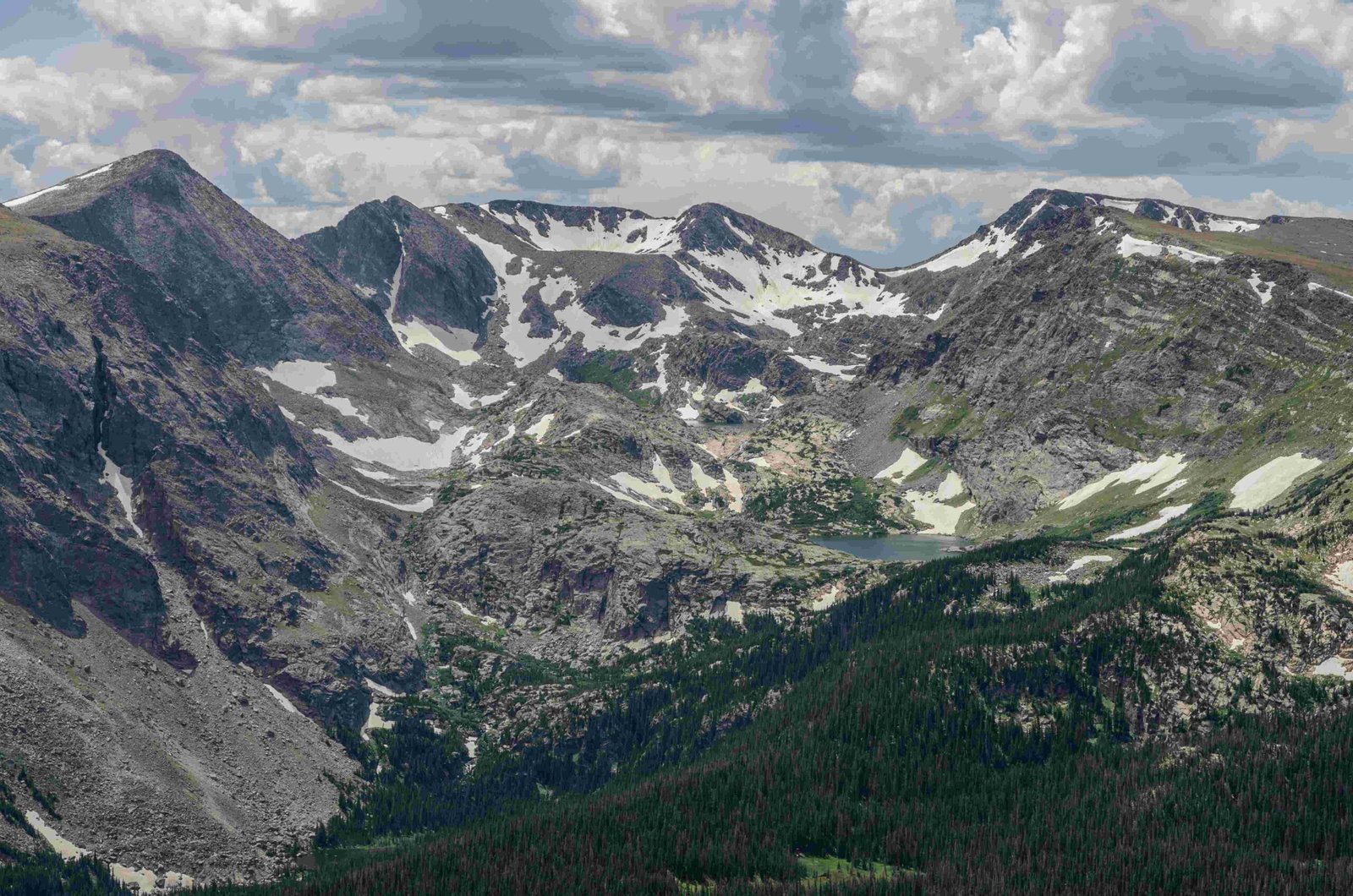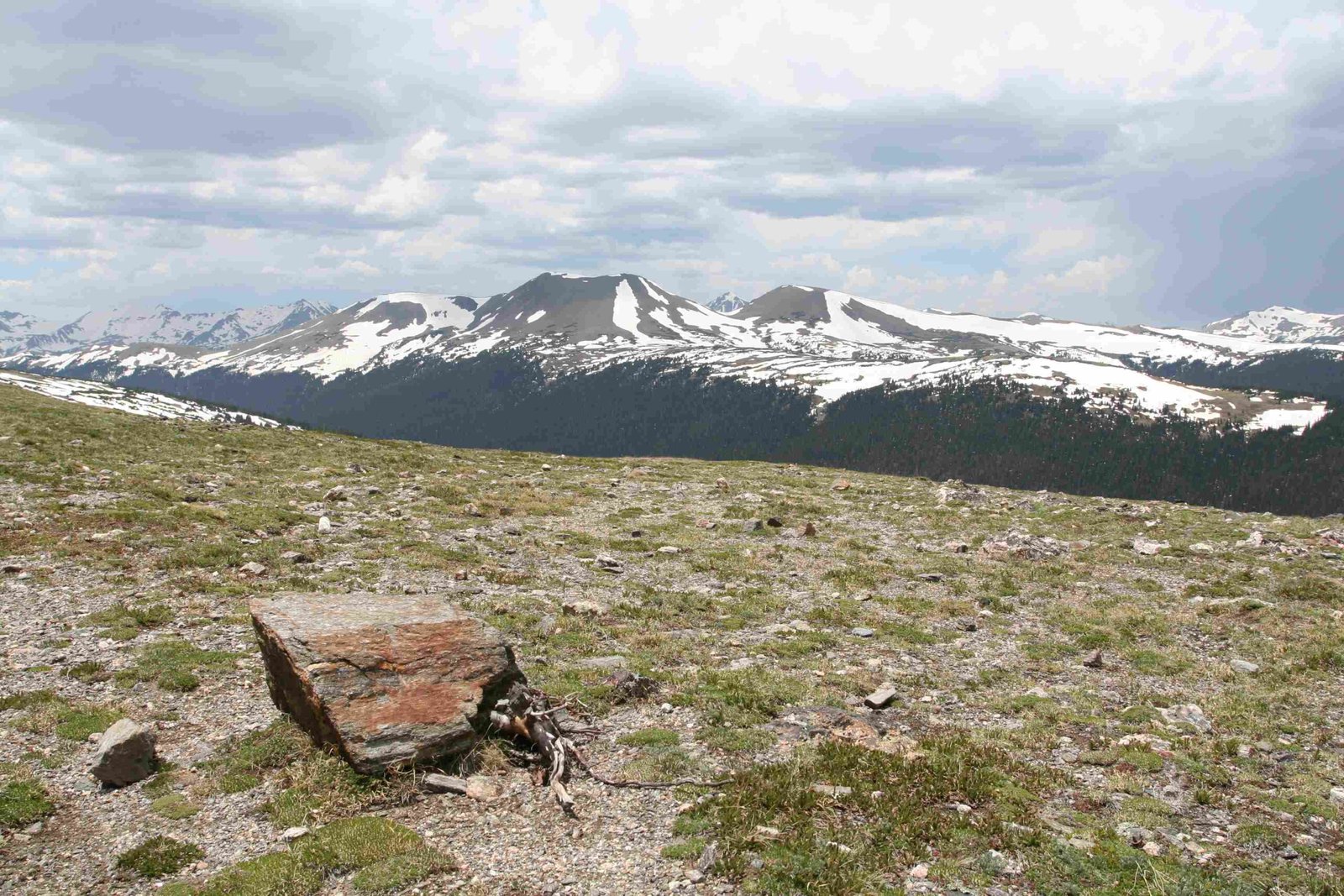Rocky Mountain National Park, known for its stunning landscapes and diverse wildlife, also harbors intriguing remnants of the past in the form of ghost towns. These abandoned settlements, once bustling with miners and settlers, now stand as silent witnesses to the area’s rich history. Lulu City, the most notable ghost town within the park, offers visitors a glimpse into the challenging life of 19th-century pioneers who sought fortune in the rugged mountains.
What is the Historical Significance of Ghost Towns in Rocky Mountain National Park?

Ghost towns in Rocky Mountain National Park represent a crucial chapter in Colorado’s mining history. These abandoned settlements, primarily established in the late 1800s, tell the story of the region’s brief but intense mining boom. The most significant ghost town within the park boundaries is Lulu City, founded in the late 1870s during a silver rush.
Key Historical Points:
- Lulu City was established in 1879 by prospectors seeking silver.
- The town quickly grew to a population of about 500 people at its peak.
- By 1885, most of the mines had been abandoned due to poor ore quality and difficult transportation.
- The town was officially abandoned by 1920, leaving behind remnants of its brief existence.
Where Can Visitors Find Ghost Towns in Rocky Mountain National Park?

The primary ghost town accessible to visitors within Rocky Mountain National Park is Lulu City. Located in the northwestern part of the park, it can be reached via a moderately challenging hiking trail.
Lulu City Trail Details:
- Trailhead: Colorado River Trailhead
- Distance: 7.4 miles round trip
- Elevation Gain: Approximately 200 feet
- Difficulty: Moderate
- Best Time to Visit: Late spring to early fall
| Trail Feature | Description |
|---|---|
| Terrain | Mostly flat with some rocky sections |
| Scenery | River views, meadows, and forest |
| Wildlife | Potential elk, moose, and bird sightings |
| Historical Remnants | Building foundations, mining equipment |
What Can Visitors Expect to See at Ghost Towns in Rocky Mountain National Park?
While time and nature have reclaimed much of Lulu City, visitors can still observe several remnants of the once-thriving mining town:
- Building foundations
- Scattered mining equipment
- Old wagon roads
- Interpretive signs providing historical context
It’s important to note that removing artifacts or disturbing the site is strictly prohibited to preserve the historical integrity of the area.
How Can Visitors Learn More About Ghost Towns in Rocky Mountain National Park?
To enhance your understanding of ghost towns in Rocky Mountain National Park, consider the following options:
-
Visitor Centers: Stop by the Kawuneeche Visitor Center for exhibits and information about the area’s history, including Lulu City.
-
Ranger-led Programs: Participate in seasonal ranger-led hikes or talks that may cover the park’s mining history.
-
Self-guided Tours: Use park-provided materials or mobile apps to guide your exploration of Lulu City and learn about its history as you hike.
-
Local Museums: Visit nearby museums in Grand Lake or Estes Park for additional context on the region’s mining history.
What Safety Precautions Should Visitors Take When Exploring Ghost Towns in Rocky Mountain National Park?
When visiting ghost towns in Rocky Mountain National Park, safety should be a top priority:
- Stay on Designated Trails: Avoid venturing off-trail to protect both yourself and the fragile historical sites.
- Be Prepared: Carry plenty of water, snacks, and appropriate gear for changing mountain weather.
- Wildlife Awareness: Be alert for wildlife, especially bears and moose, which may frequent the area.
- High Altitude Considerations: Acclimate properly to the elevation to prevent altitude sickness.
- Leave No Trace: Practice responsible tourism by packing out all trash and not disturbing historical artifacts.
How Does the National Park Service Preserve Ghost Towns in Rocky Mountain National Park?
The National Park Service (NPS) employs various strategies to preserve ghost towns within Rocky Mountain National Park:
- Site Protection: Implementing measures to prevent erosion and natural degradation of remaining structures.
- Visitor Education: Providing information to visitors about the importance of preserving historical sites.
- Archaeological Studies: Conducting ongoing research to better understand and document the sites.
- Restoration Projects: Carefully restoring certain structures to provide a more tangible connection to the past.
- Access Management: Balancing public access with site preservation through trail design and visitor regulations.
What Other Historical Sites Related to Ghost Towns Can Be Found in Rocky Mountain National Park?
While Lulu City is the most prominent ghost town within the park, there are other historical sites related to early settlement and mining:
- Holzwarth Historic Site: A preserved 1920s dude ranch offering insight into early tourism in the area.
- Never Summer Ranch: Another example of early 20th-century ranching in the park.
- Mining Remnants: Scattered throughout the park, particularly in the Never Summer Mountains.
These sites, along with Lulu City, form a network of historical locations that paint a comprehensive picture of human activity in the Rocky Mountains during the late 19th and early 20th centuries.
How Do Ghost Towns in Rocky Mountain National Park Compare to Other Colorado Ghost Towns?
Ghost towns in Rocky Mountain National Park, particularly Lulu City, share similarities with other Colorado ghost towns but also have unique characteristics:
Similarities:
- Mining origins
- Short-lived boom periods
- Challenging environmental conditions
Differences:
- Located within a national park, offering enhanced preservation
- Less extensive remains compared to some more famous Colorado ghost towns
- Integrated into a broader wilderness experience
While ghost towns like St. Elmo or Silverton offer more intact structures, Lulu City provides a more rugged and natural ghost town experience within the context of a national park setting.
By exploring ghost towns in Rocky Mountain National Park, visitors can connect with a fascinating chapter of Colorado’s history while enjoying the park’s natural beauty. These silent remnants of the past offer a unique perspective on the challenges and aspirations of those who sought their fortunes in the Rocky Mountains over a century ago.
References:
1. Rocky Mountain National Park Official Website
2. Colorado Encyclopedia: Lulu City
3. National Park Service: Hiking in Rocky Mountain National Park

